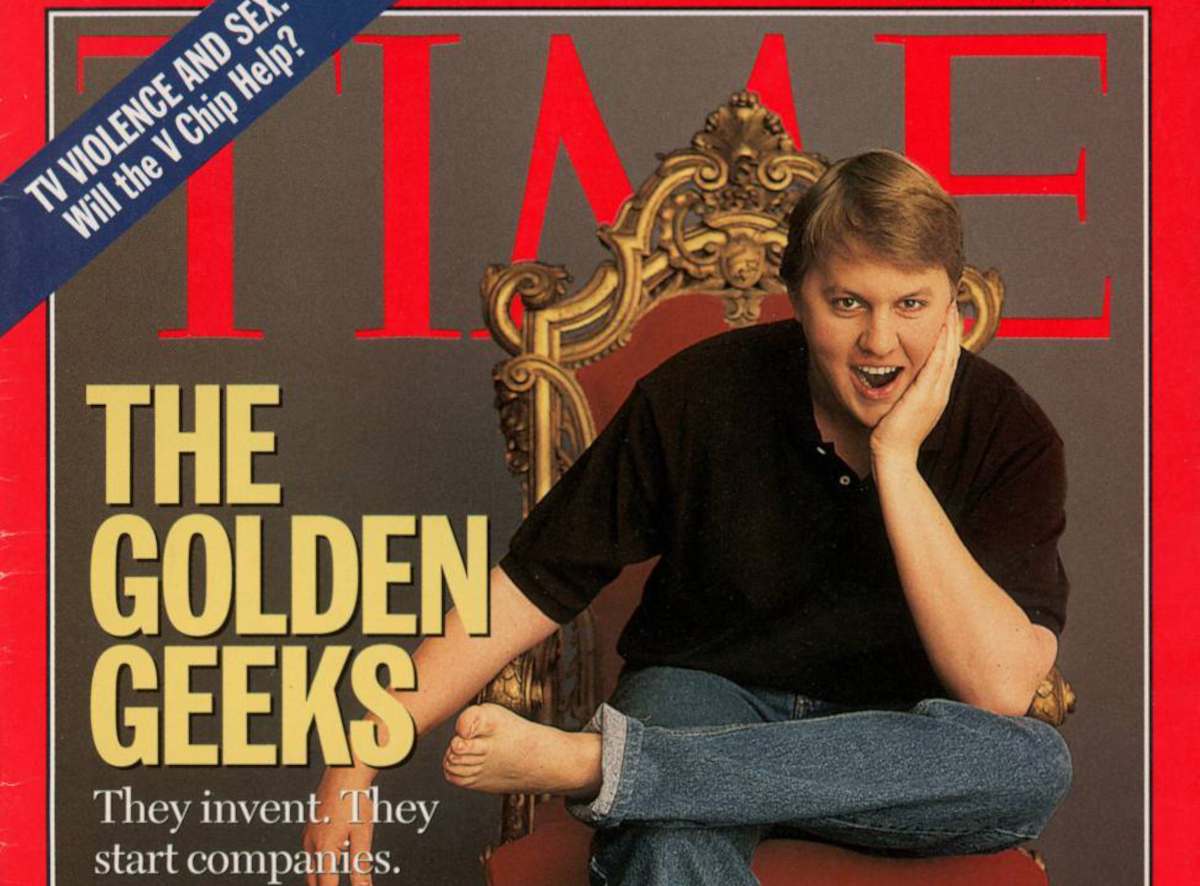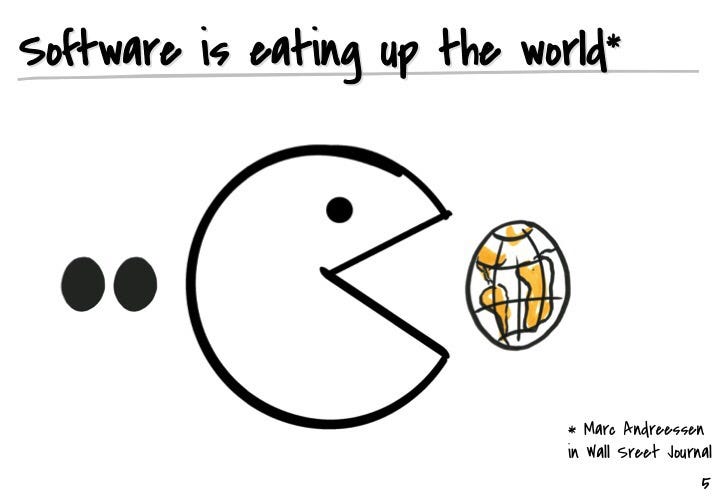Liquid Computing: The Future of Human-Tech Symbiosis
Velocity Money: Crypto, Karma, and the End of Traditional Economics
The Next Decade of Biotech: Convergence, Innovation, and Transformation
Beyond Motion: How Robots Will Redefine The Art Of Movement
ChatGPT For Business: A Workbook
Becoming an AI-First Organization
Quantum Computing: Applications And Implications
Challenges In AI Safety
AI-Era Social Network: Reimagined for Truth, Trust & Transformation
Remote Work Productivity Hacks
How to Make Money with AI Tools
AI for Beginners
Liquid Computing: The Future of Human-Tech Symbiosis
Velocity Money: Crypto, Karma, and the End of Traditional Economics
The Next Decade of Biotech: Convergence, Innovation, and Transformation
Beyond Motion: How Robots Will Redefine The Art Of Movement
ChatGPT For Business: A Workbook
Becoming an AI-First Organization
Quantum Computing: Applications And Implications
Challenges In AI Safety
AI-Era Social Network: Reimagined for Truth, Trust & Transformation
Remote Work Productivity Hacks
How to Make Money with AI Tools
AI for Beginners
Listen to "Prophecy: Divine Foreknowledge and Human Destiny" by Paramendra's Books https://t.co/2gIdgwlR3Y. https://t.co/zLACfqoJA6
— Paramendra Kumar Bhagat (@paramendra) July 18, 2025
Listen to "Quantum Computing: Applications and Implications" by Paramendra's Books https://t.co/2gIdgwlR3Y. https://t.co/Q2iEN4a7sc
— Paramendra Kumar Bhagat (@paramendra) July 18, 2025
Listen to "Digital Sales Funnels: A Modern Guide" by Paramendra's Books https://t.co/2gIdgwlR3Y. https://t.co/9S5QbjpQhF
— Paramendra Kumar Bhagat (@paramendra) July 18, 2025
Liquid Computing: The Future of Human-Tech Symbiosis
Velocity Money: Crypto, Karma, and the End of Traditional Economics
The Next Decade of Biotech: Convergence, Innovation, and Transformation
Beyond Motion: How Robots Will Redefine The Art Of Movement
ChatGPT For Business: A Workbook
Becoming an AI-First Organization
Quantum Computing: Applications And Implications
Challenges In AI Safety
AI-Era Social Network: Reimagined for Truth, Trust & Transformation
Remote Work Productivity Hacks
How to Make Money with AI Tools
AI for Beginners
Listen to "Elon Musk: Vision-Driven Leadership" by Paramendra's Books https://t.co/2gIdgwlR3Y. https://t.co/LnipegXHNP
— Paramendra Kumar Bhagat (@paramendra) July 18, 2025
Listen to "Elon Musk: A Hands-On Leadership Style" by Paramendra's Books https://t.co/2gIdgwlR3Y. https://t.co/oABWbMouTC
— Paramendra Kumar Bhagat (@paramendra) July 18, 2025
Listen to "Elon Musk: The Visionary Leader" by Paramendra's Books https://t.co/2gIdgwlR3Y. https://t.co/ShJX5dii1V
— Paramendra Kumar Bhagat (@paramendra) July 18, 2025
Listen to "Quantum Computing Revolution" by Paramendra's Books https://t.co/2gIdgwlR3Y. https://t.co/DAq3k8hv3b
— Paramendra Kumar Bhagat (@paramendra) July 18, 2025
Listen to "Leading Like Elon: Lessons from Musk's Management Style" by Paramendra's Books https://t.co/2gIdgwlR3Y. https://t.co/JeswcBn6vB
— Paramendra Kumar Bhagat (@paramendra) July 18, 2025
Liquid Computing: The Future of Human-Tech Symbiosis
Velocity Money: Crypto, Karma, and the End of Traditional Economics
The Next Decade of Biotech: Convergence, Innovation, and Transformation
Beyond Motion: How Robots Will Redefine The Art Of Movement
ChatGPT For Business: A Workbook
Becoming an AI-First Organization
Quantum Computing: Applications And Implications
Challenges In AI Safety
AI-Era Social Network: Reimagined for Truth, Trust & Transformation
Remote Work Productivity Hacks
How to Make Money with AI Tools
AI for Beginners
Listen to "$2 Trillion US Federal Budget Cut Strategies" by Paramendra's Books https://t.co/2gIdgwlR3Y. https://t.co/Rr85QZ0sjY
— Paramendra Kumar Bhagat (@paramendra) July 18, 2025
Listen to "Formula For Peace In Ukraine" by Paramendra's Books https://t.co/2gIdgwlR3Y. https://t.co/yM3T78CAQ0
— Paramendra Kumar Bhagat (@paramendra) July 18, 2025
Listen to "The Crypto Revolution: Past, Present, and Future" by Paramendra's Books https://t.co/2gIdgwlR3Y. https://t.co/UfO7uSkYRT
— Paramendra Kumar Bhagat (@paramendra) July 18, 2025
Listen to "Challenges in AI Safety" by Paramendra's Books https://t.co/2gIdgwlR3Y. https://t.co/3bpWajUAcy
— Paramendra Kumar Bhagat (@paramendra) July 18, 2025
Listen to "30 Ways to Close Sales" by Paramendra's Books https://t.co/2gIdgwlR3Y. https://t.co/FoxlefMeQq
— Paramendra Kumar Bhagat (@paramendra) July 18, 2025
Liquid Computing: The Future of Human-Tech Symbiosis
Velocity Money: Crypto, Karma, and the End of Traditional Economics
The Next Decade of Biotech: Convergence, Innovation, and Transformation
Beyond Motion: How Robots Will Redefine The Art Of Movement
ChatGPT For Business: A Workbook
Becoming an AI-First Organization
Quantum Computing: Applications And Implications
Challenges In AI Safety
AI-Era Social Network: Reimagined for Truth, Trust & Transformation
Remote Work Productivity Hacks
How to Make Money with AI Tools
AI for Beginners





